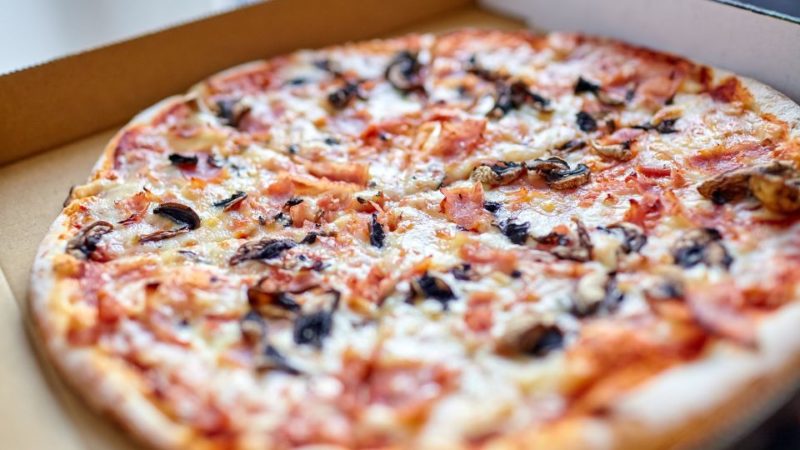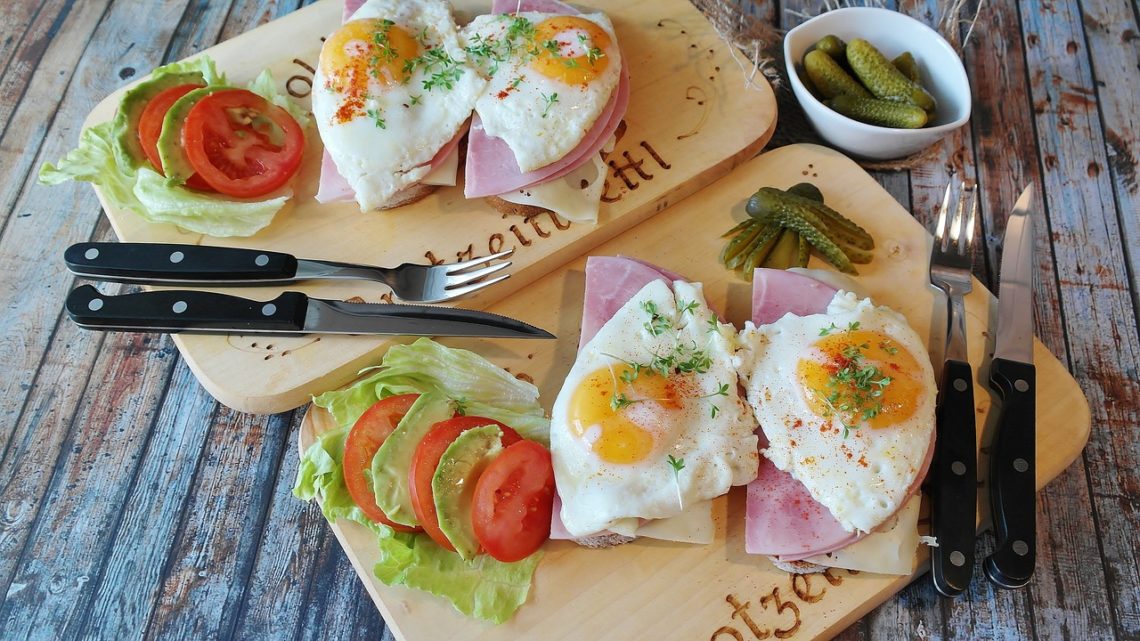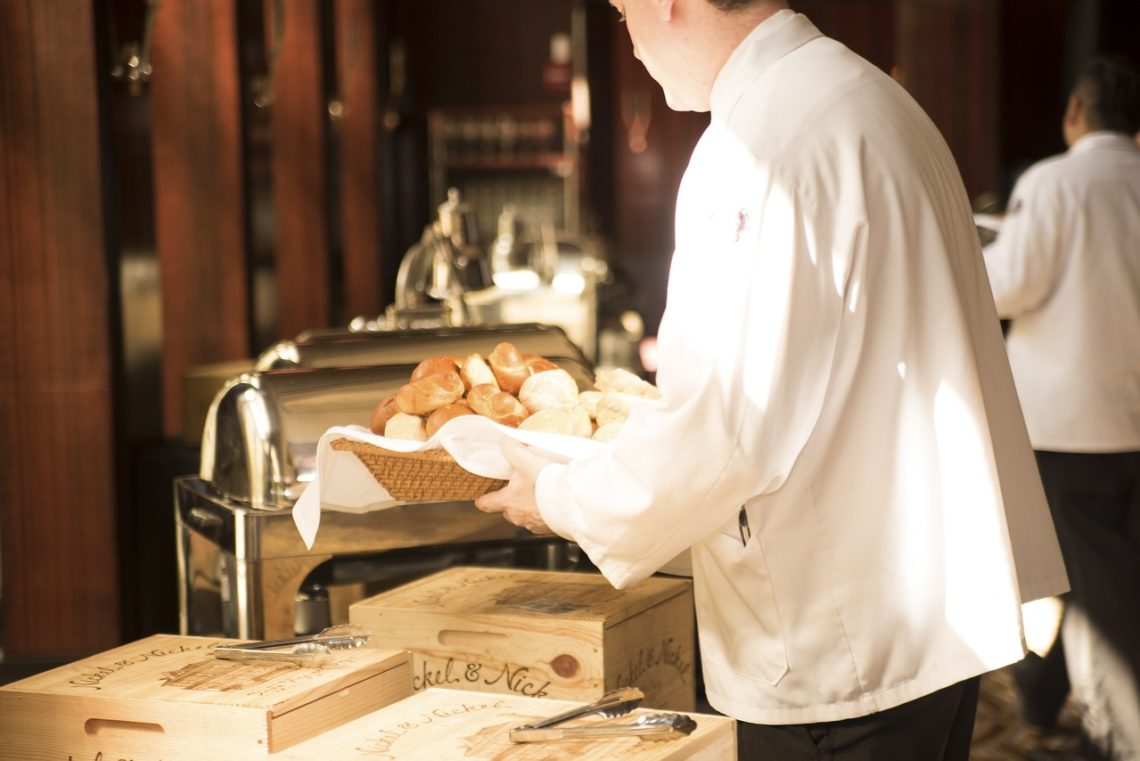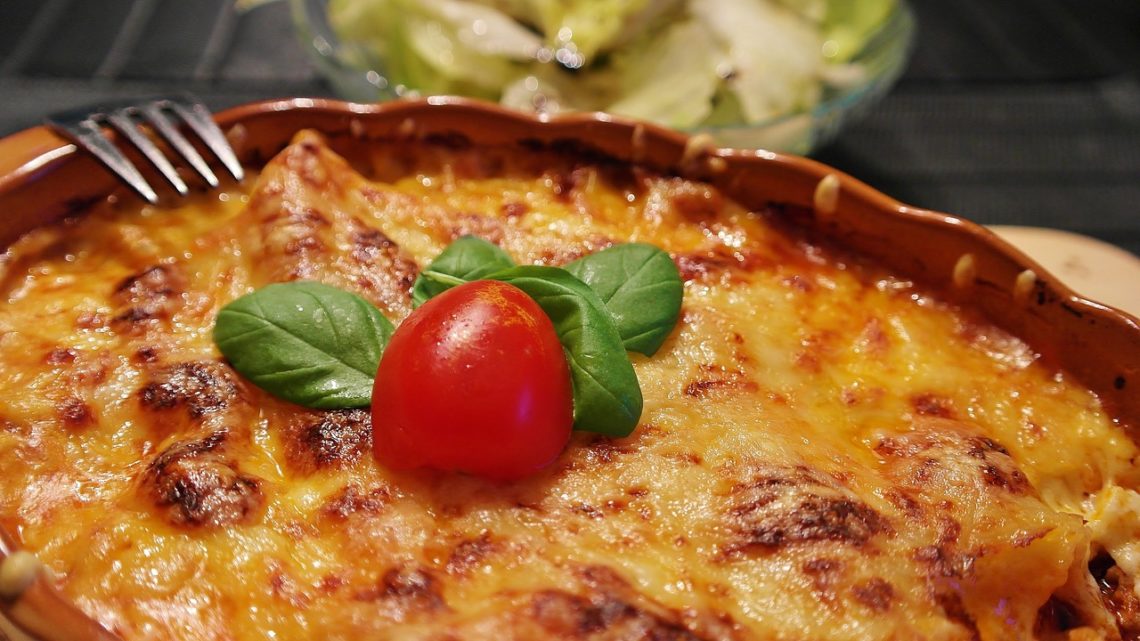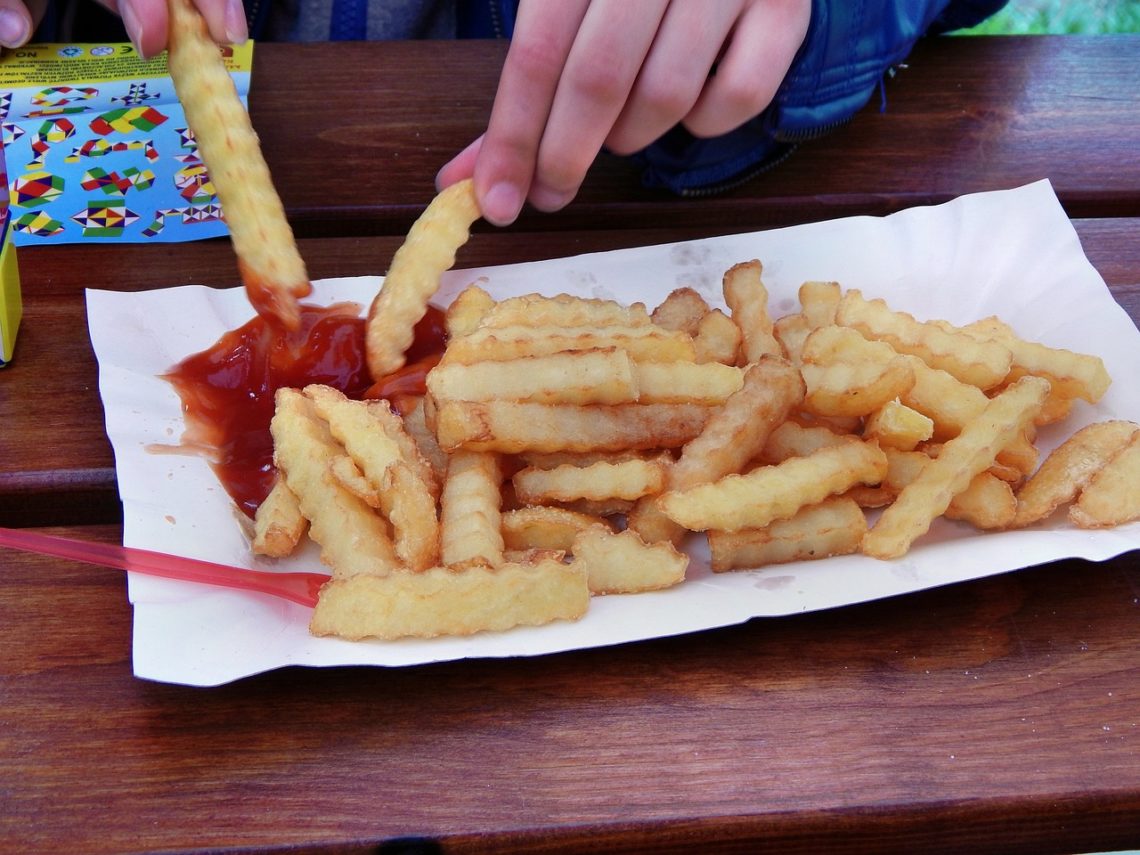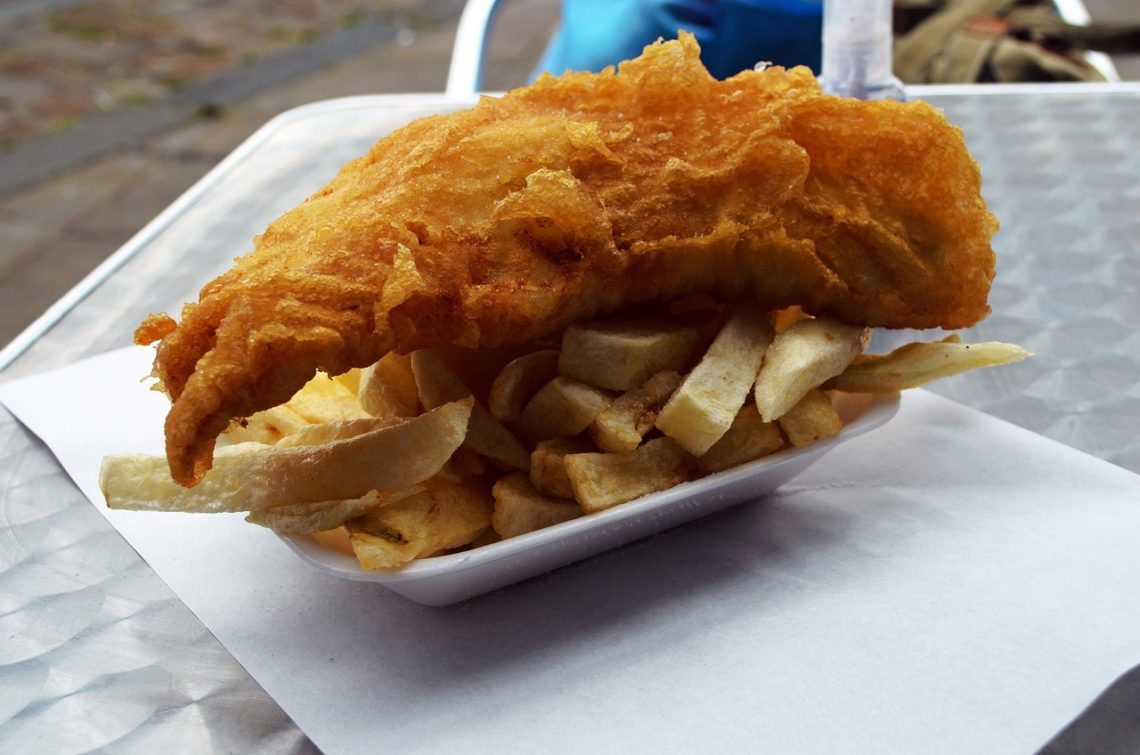A Look at the Nutritional Profile of Mushrooms
Mushrooms stir quite a bit of noise as plants, food, and medicine. But what is the nutritional profile of mushrooms, and why are they so powerful?
Essentials Your Italian Restaurant Must Stock
Are you about to open or already run an Italian restaurant? Propel your success by learning about the essentials your Italian restaurant must stock.
How to Start Making Coffee at Home
To start making coffee at home, begin by choosing high-quality beans, consider additives or spices for personalized flavors, and invest in a convenient grind-and-brew coffee maker.
Some of the Delicious High Protein Foods to Eat
Discover a range of delicious high protein foods that not only satisfy your taste buds but also boost your health. Explore nutritional benefits of these protein-rich options for a balanced diet.
Reasons Behind the Surge in Food Delivery Apps
Explore the surge of food delivery apps revolutionizing dining convenience. Discover how they adapt to busy lifestyles, embrace instant gratification, and cater to diverse dietary needs.
How to Choose the Best Catering Service
Confidently choose catering services for your event. Learn how to select the best fit, set a budget, and assess off-site capabilities. Make informed decisions and elevate your event with the perfect catering service.
Alpine or Italian Cuisine – A Difficult Choice
Discover the flavors of Italian and Alpine cuisines, from diverse Italian specialties to the simplicity of Alpine dishes. Explore the unique culinary worlds and shared passions of these renowned traditions.
Want to Change Your Child’s Unhealthy Eating Habits?
Promote healthy eating habits in kids through positive role modeling, homemade snacks, gentle introduction of new foods, and regular physical activity.
Important Things To Know About GMO Foods
Understanding the different processes companies use to produce food will help you make informed decisions. Learn the important things to know about GMO foods.
Tropical Fruits You’ve Never Heard Of But Will Love
Pineapple, mango, and guava are common tropical fruits most of us enjoy eating, at least from time-to-time. Fruit tastes great and oftentimes satisfies a sweet tooth better than a candy bar. Many tropical fruits also benefit our health, providing us with essential vitamins and nutrients that keep us healthy. Along with the tropical fruits you find sold in supermarkets, there are many lesser-known tropical fruits that also offer a sweet and tasty fruit that you can eat.
Amaze Your Boyfriend on His Birthday With These DIY Birthday Gifts
Whether you have been dating your boyfriend for a month or a year, shopping a perfect birthday gift for him is always difficult. Isn’t it? If your boyfriend’s birthday is approaching and you haven’t found a perfect birthday gift for him yet then, fret not because you can make a DIY birthday gift for your boyfriend that he will remember for the years to come.
Cheers at Your Next Party: 8 Delicious British Snacks to Share With Your Hunky-Dory Mates
British food often gets a bad rap, and it certainly lacks the glamour of French or Italian food. The unfortunate names of some items probably don't help. "Spotted dick," to pick an extreme example, sounds revolting, but it is actually a perfectly good desert. "Toad in the hole" also sounds less than appetizing. Many British foods have endured and been enjoyed for generations, which would not be the case if they weren't actually quite tasty. Here is a list of British snacks worth serving at a get-together.


